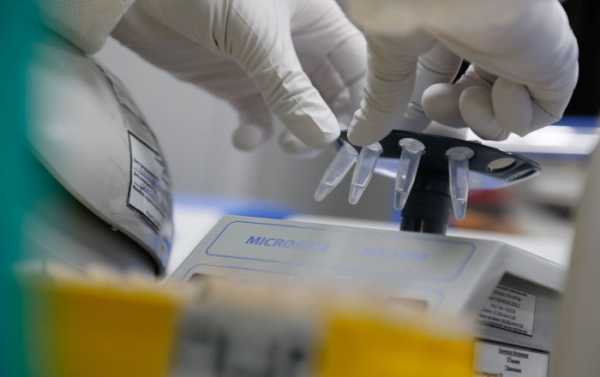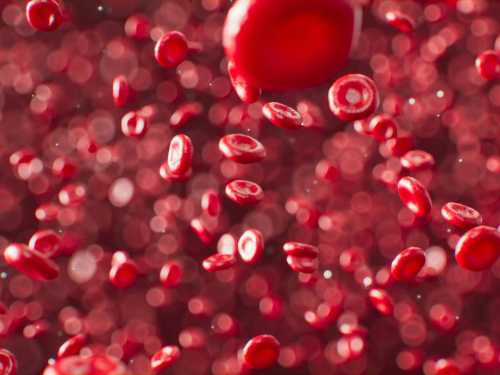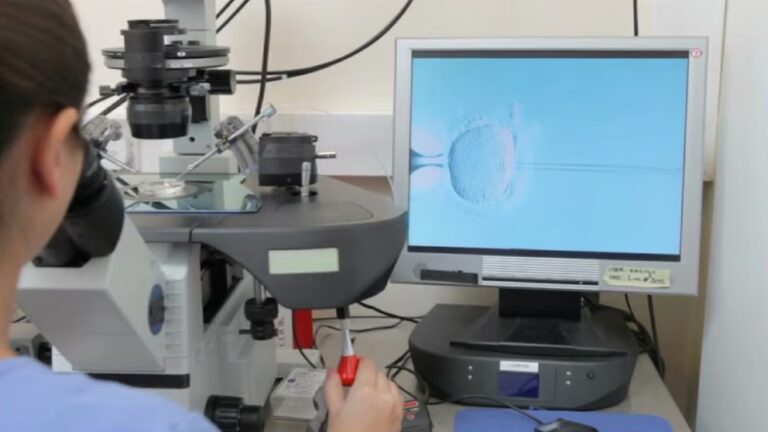
The COVID-19 pandemic is still ongoing. The number of cases is steadily growing worldwide, and it’s too early to talk about a drastic change. Virologists have no doubt that the virus outbreak is likely to recur in the future.
What lessons have scientists learned from this situation? What questions do they have yet to answer? This was discussed during an online meeting organised by the Ministry of Science and Higher Education of the Russian Federation, the Russian Academy of Sciences, and the Scientific Russia portal.
Therapy ‘Turns’ and Gold Nanoparticles
COVID-19 has posed serious public health challenges related to shortages of hospital beds and staff, as well as the need to treat an unknown disease: there were no regulations, no clinical recommendations, or evidence base.
All these challenges required flexible solutions and new scientific research, which had never been carried out so quickly before.
He cited one of the bright examples of therapy “turns”: in January, COVID-19 was treated with Kaletra (a drug designed to treat HIV), and now no one is using it in COVID-19 treatment.
The academician considers the search for a new strategy to restore lung tissue after a coronavirus infection to be an urgent scientific challenge.
Shlyakhto is considering peptide-coated gold nanoparticles (LIF nanoparticles), a recent and one of the most promising developments in this direction. Inhaled nanoparticles reduce pneumonia by inducing the transition of the M1 macrophage phenotype to M2 and increasing the anti-inflammatory cytokine.
In general, in his opinion, COVID-19 has shown that the healthcare system needs a new HR policy that implies rejecting doctors’ hyper-specialisation.
Super-Spreaders and a Second Wave
According to scientists, closing borders between countries is now pointless, since the virus is so widespread in all countries that transferring it across the border will be of little epidemiological significance.
But they still consider banning or restricting mass events one of the most effective and lasting measures.
Alexander Lukashev, corresponding member of RAS, head of the Martsinovsky Institute of Medical Parasitology, Tropical and Vector-Borne Diseases, explains this by the fact that the key role in the virus spread is played by so-called super-spreaders, people with a high virus titre in the nasopharynx who are in crowded places, infecting a large number of other people.
It’s necessary to control the virus spread until there is an immune layer that stops the virus. According to the scientist, up to this point, it is highly likely that there will be a second wave.
It’s Unprovable Whether It’s an Artificial Virus or a Natural One
Currently, the world is actively discussing the virus’ possible artificial origin. However, for scientists who study coronaviruses, that is not the question.
On the other hand, he admits that “there are a number of scenarios that are possible, but untraceable”: it is either a “successful” natural scenario propagated in the laboratory, an adaptation of an unknown natural virus or a chimaera of previously unknown natural viruses.
However, he believes that the results of such experiments cannot be traced at the molecular level. Hence the scientist’s conclusion that it is unprovable whether it is an artificial virus or a natural one.
Gennady Onishchenko, RAS academician, member of the Presidium of the Russian Academy of Sciences, pointed out that the situation with the physical origin of the virus is ambiguous, and the outbreak needs a thorough international investigation.
Recall that the United States ratified the convention, but refused to accept the protocol providing for mechanisms of mutual control.
Sourse: sputniknews.com






